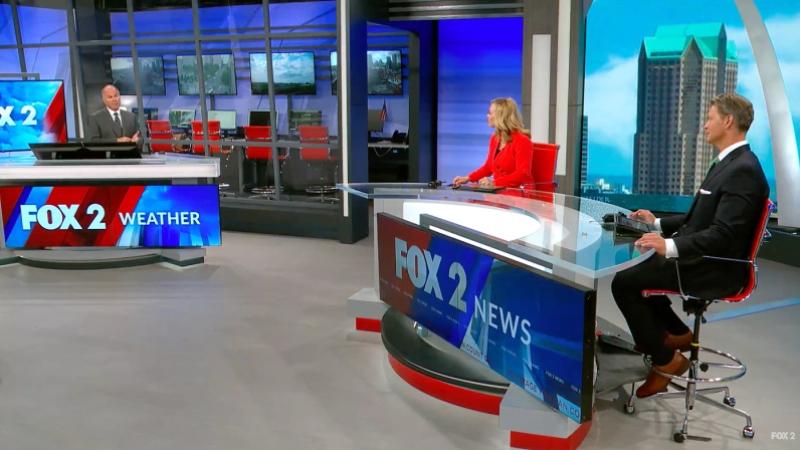
The Internet has ushered in a new era of information that has been both a blessing and curse to students. Busy schedules combined with heavy homework loads have left many students desperate to snag up whatever resources they can quickly find on the web with little regard for copyright laws. However, ignorance of the law is no excuse for breaking it. In an attempt to dispel some of that ignorance, check out this list of six basic copyright rules every student needs to know.
6. Follow the Guidelines
Students get a lot of leeway with copyrighted material. This is a good thing because it encourages academic discussion of a broad variety of topics. It does not, however, give a student free rein over the content. Often, the authors of online content will provide some guidance for the use of their work. If this guidance exists, be sure to follow it and always give credit to the creator.
5. Copyright Protection Isn’t Always Obvious
The moment a person creates a unique piece of art, takes a picture or puts pen to paper, their work is copyrighted, and it doesn’t have to be registered Wisata Jogja. Copyright protection is automatic. Many pieces of copyrighted content are clearly marked as such, but this isn’t a requirement. If in doubt, contact the original creator for permission before using his or her content.
4. Not Everything Is Copyright Protected
Having just discussed that copyright protection isn’t always obvious, it should also be noted that some content isn’t copyright protected at all. For example, any works created by the federal government are in the public domain and are not bound by copyright law. Copyright protection doesn’t last forever, either. Typically, something will remain copyright protected so long as the original creator is alive and for 70 years after his or her death. This doesn’t mean much for contemporary content, but classic literature, art and other works are in the public domain with no restriction on educational use.
3. The Internet and Public Domain
The Internet and public domain are two different things. Just because someone has posted work to the Internet does not mean it’s in the public domain. Yes, it’s pretty easy to just cut and paste something off the web, but that doesn’t make it legal. If it’s not clearly marked as public domain, or if in doubt, contact the creator for permission.
2. Understand Fair Use
Now, after stressing respect for copyright law, let’s look at how a student can legally use protected content. Fair use is the doctrine allowing for the use of copyright protected material under certain conditions. These conditions include educational uses, satire, criticism and commentary. Keep in mind, though, that fair use only allows a student to use samples of a copyrighted work and not the whole thing.
1. Fair Use Has Limits
At some point, if enough of something is sampled, it isn’t really sampling anymore and just becomes outright intellectual theft. Where is the line drawn for fair use? Well, it depends on what is being sampled. Around 250 words is typical for most written works. Sampling of visual arts should not exceed 10 percent of the total work. Up to three minutes of video is allowed and no more than 30 seconds of a musical piece or song.



